The Gift of South Dakota
Subscriptions to South Dakota Magazine make great gifts!
Subscribe today — 1 year (6 issues) is just $29!
Sage Grouse: Living on the Edge
Apr 30, 2013
Last Friday, I knocked off work an hour early and headed west with my camera. The weather outside finally agreed with the calendar — a warm breeze accompanied me as I made my way through the Badlands during the sunset hour. Driving with my windows down, I could smell the water from the snowmelt mixed with new grass growth on the breeze. It was a little bit of heaven on earth. But the Badlands weren’t my final destination. I was headed for the farther reaches of western South Dakota on the hunt for a special kind of bird.
On Saturday, I woke up at a hotel in Spearfish, ten minutes before my alarm was set to go off. Instead of my normal bleary-eyed, anti-morning mood, I was wide awake and ready to experience one of South Dakota’s lesser-known treasures. The Greater Sage Grouse were dancing in Butte and Harding counties and I was going to get to watch!
Chuck Berdan, a retired biologist for the Bureau of Land Management, agreed to show me an active lek in Butte County, but to get there without disturbing the birds we had to leave Belle Fourche at 4:30 a.m. I peppered Chuck the whole way there with questions about the birds, his job and the land. He answered patiently and with good humor. I learned that there are somewhere between 1,000 and 1,500 sage grouse in South Dakota. The courtships on various leks start in late March and usually taper off by early May. Chuck told me that male sage grouse roost on the lek at night, unlike prairie chicken and sharptail grouse, who fly in to their leks in the morning.
The numbers of South Dakota sage grouse are in a slow decline both here as well as in other western states. The latest trial for the bird has been the West Nile virus. If a sage grouse contracts the virus, they usually only survive for two or three days. This relatively quick death has not allowed for much immunity to build up in the grouse population. It is a worrisome situation as our state’s population of grouse are already on living on the edge. Our birds live on the easternmost edge of the sage grouse’s naturally fragmented range, so it doesn’t take much to tip the scales against them.
Chuck has spent 30+ years studying sage grouse. He told me that counting and studying the bird here in South Dakota allows wildlife management to make plans and policies based on local data rather than from studies done in other states. I asked him if he could predict what the grouse population would be in 10 or even 20 years. He smiled and told me that more studies need to be done to answer those kinds of questions. Right now there are simply too many unknown factors in play to be able to predict the future of sage grouse with any certainty.
I feel lucky to have been able to witness the display. I didn’t even know we had the species in the state until I watched an episode of Planet Earth where they featured the bird’s mating dance that was shot in Wyoming. It’s just another example of our state’s wide range of natural phenomena.
Later in the day, I drove down to Custer State Park to see the spring buffalo calves. The whole way there, I kept thinking about the sage grouse and the magical morning in Butte County. I hope folks like Chuck continue to care about our wildlife resources, and not just because they make great photo opportunities. These animals and ranges are part of what makes our state great!
A Butte County Courtship
Christian also took video of the male sage grouse displaying for the females. Click to hear and view their mating ritual.
Christian Begeman grew up in Isabel and now lives in Sioux Falls. When he's not working at Midcontinent Communications he is often on the road photographing our prettiest spots around the state. Follow Begeman on his blog.


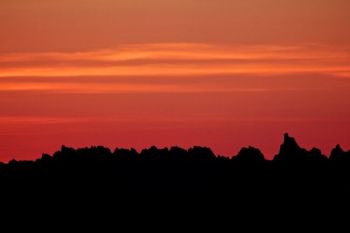
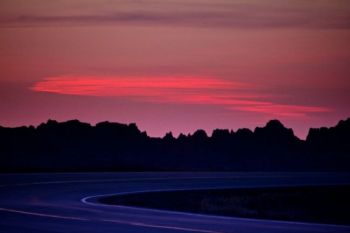
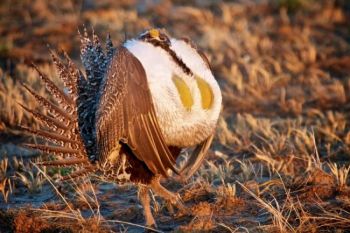
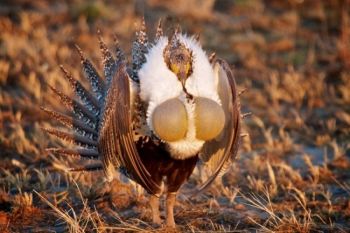
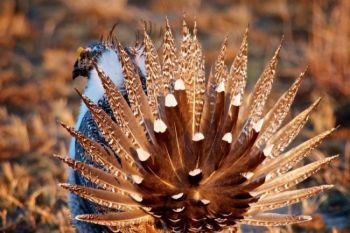
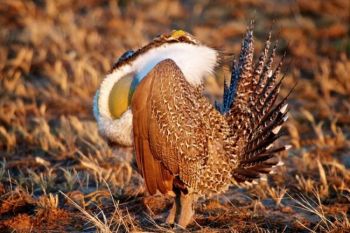
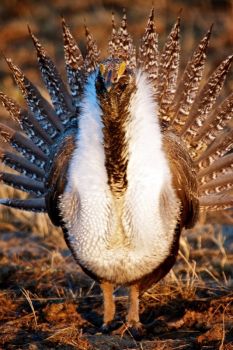
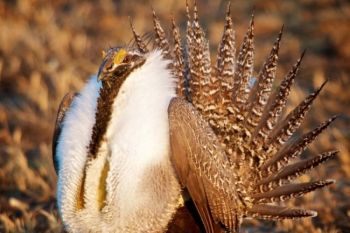
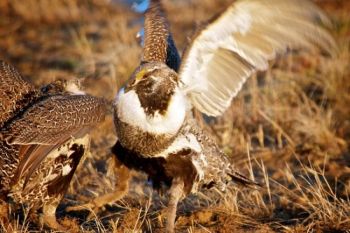
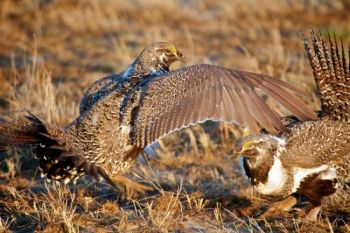
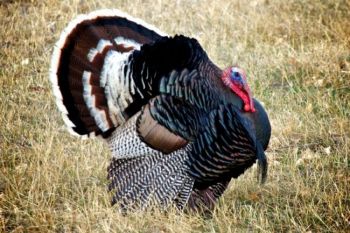
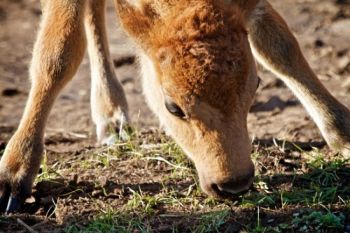
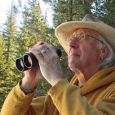

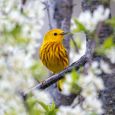
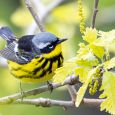
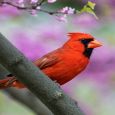
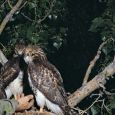


Comments
Hunting isn't affecting the population, and is creating more fans and awarness for the species, but I suspect the days of the hunt and the species in our state are numbered.
I hope they can work to protect habitat and save them for the next generation
http://www.npr.org/2013/04/25/179017548/from-battle-to-birds-drones-get-second-life-counting-critters